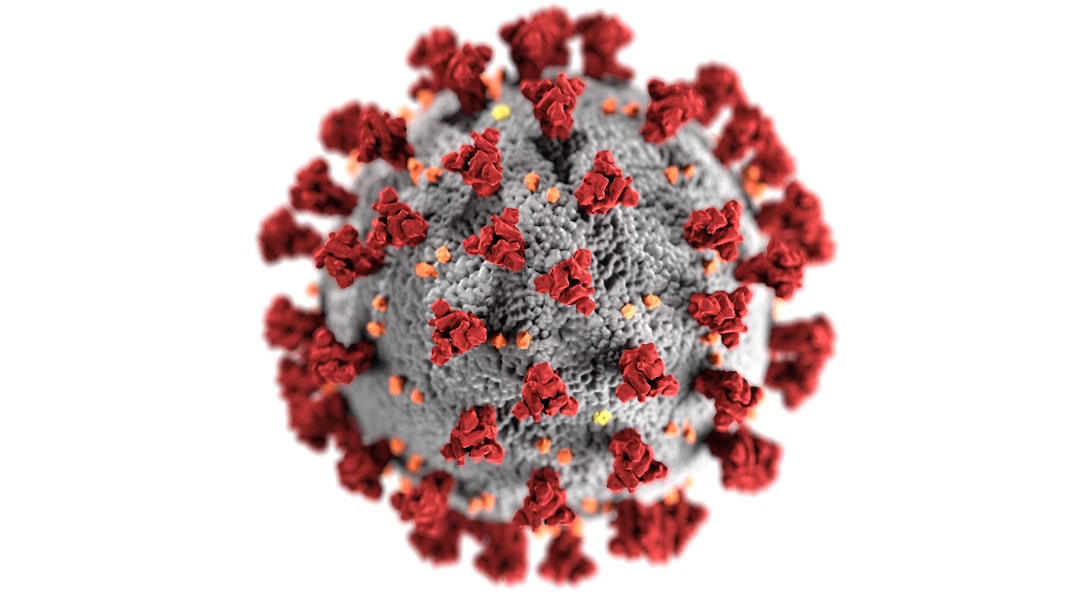What is it about?
In this study, a robust and simple unsupervised neural network (NN) framework is proposed to perform the geometrically nonlinear analysis of inelastic truss structures. The core idea is to employ the NN to directly estimate nonlinear structural responses without utilizing any time-consuming incremental-iterative algorithms as those done in standard finite element method (FEM). To achieve such an objective, the loss function built via the total potential energy principle under boundary conditions (BCs) is minimized in the suggested NN model whose weights and biases are considered as design variables. In our computational framework, spatial coordinates of truss nodes are treated as input data, whilst corresponding displacement degrees of freedom are taken account of output. At the beginning of each training step, feedforward is performed to get the predicted displacement field, and it is used to derive the loss function based on the physical law. Then, back-propagation is applied to update the parameters of the network. This adjustment, which is the so-called learning process, is repeated until the potential energy is minimized. Once the network is properly trained, the mechanical responses of inelastic structures can be easily obtained. The suggested methodology is also extremely simple to implement, while the unlabeled data is available, small in size, independent of sampling techniques, and without finite element analyses (FEAs). Several benchmark examples regarding geometrical and material nonlinear analysis of truss structures are tested to show the effectiveness and reliability of the proposed paradigm. Obtained outcomes indicate that the developed NN framework is robust and can be extended to apply for other structures.
Featured Image

Photo by Bernard Hermant on Unsplash
Read the Original
This page is a summary of: A robust unsupervised neural network framework for geometrically nonlinear analysis of inelastic truss structures, Applied Mathematical Modelling, July 2022, Elsevier,
DOI: 10.1016/j.apm.2022.02.036.
You can read the full text:
Contributors
The following have contributed to this page










